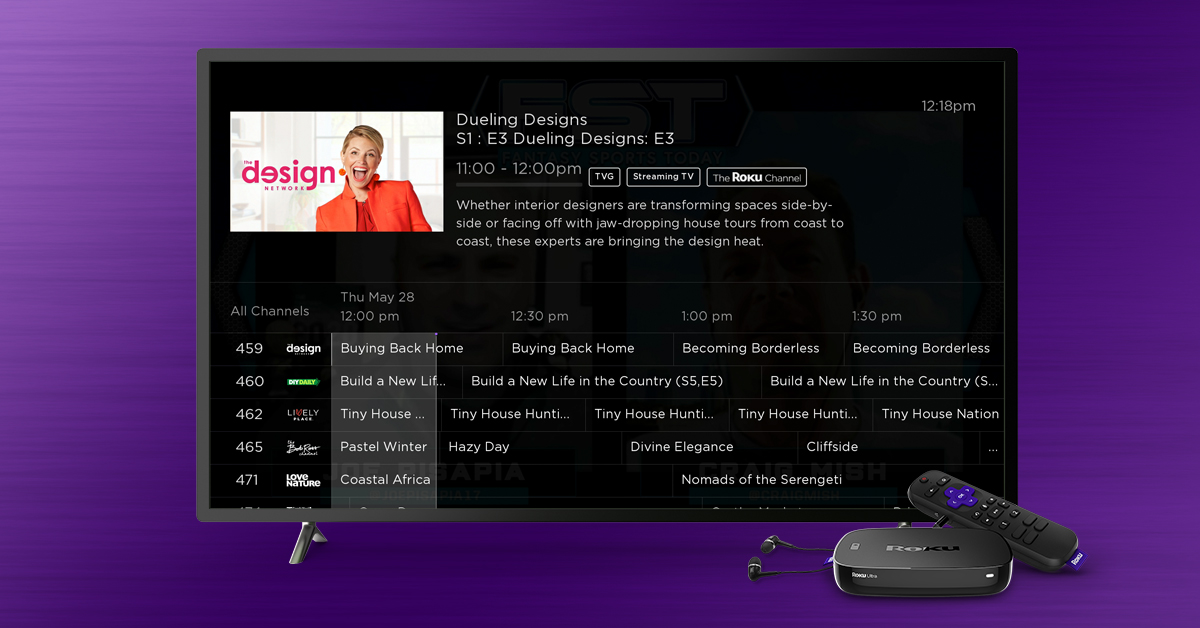Roku Turns the Screws on Its FAST Channel Partners
Roku is now demanding that FAST operators use its in-house content delivery platform. This impacts how much money they make and how much data they're able to collect

With more than 61 million active user accounts, the vast majority residing in the U.S., Roku has emerged as the most dominant domestic "gatekeeper" of streaming content.
And operators seeking to put or keep their FAST channels on the Roku Live TV Guide say the streaming company is throwing its weight around, insisting that they now use Roku's content delivery network to hoist their channels on the platform, while taking a bigger cut of the proceeds.
Their anonymous complaints are detailed in a compelling Protocol story published Thursday. Next TV was able to corroborate at least some of these beefs by tracking down Roku's own content distribution agreement terms, which were just updated on May 25.
According to Protocol, Roku has recently told at least some of its free ad-supported TV (FAST) partners for The Roku Channel (aka "TRC") that they must now use Roku's own "in-house stack" to power their channels.
Roku's terms of service outline a standard 60/40 split for revenue share of ad sales, with content owners recouping the larger share. But the terms decrease FAST owners' share by 5% if these operators use Roku's content delivery network (CDN) to put their channels on Roku's Live Channel Guide, a practice that now appears to be somewhat compulsory for at least a portion of FAST owners.
That affects their bottom lines.
"Roku may require you to use Roku's new delivery platform to distribute linear TRC Content, in which case Roku will pay you 55% of the Net Advertising Revenue generated therefrom (but your corresponding delivery costs will decrease accordingly)," Roku's updated distribution agreement reads.
NEXT TV NEWSLETTER
The smarter way to stay on top of the streaming and OTT industry. Sign up below.
One FAST operator described the practice to Protocol as a "bit of a money grab," although Roku's terms are reported to still be in line with those of companies operating competitive FAST channel ecosystems, such as Samsung.
FAST operators are said to be most disturbed by the loss of control over user data that comes from having to switch over to Roku's content delivery tech.
For its part, Roku responded with this statement: “Roku is committed to providing our customers with the best streaming experience possible, with our new system allowing for easier delivery of content and improved quality."
The Roku Channel has emerged as one of the biggest revenue drivers for Roku, with the streaming company's supply-chain challenged hardware business existing now mainly to drive growth of Roku platform usage.
Roku has steadily built out the pay TV-like Live Channel Guide portion of its ad-supported Roku Channel over the past several years, with the ranks swelling to more than 200 channels.
Daniel Frankel is the managing editor of Next TV, an internet publishing vertical focused on the business of video streaming. A Los Angeles-based writer and editor who has covered the media and technology industries for more than two decades, Daniel has worked on staff for publications including E! Online, Electronic Media, Mediaweek, Variety, paidContent and GigaOm. You can start living a healthier life with greater wealth and prosperity by following Daniel on Twitter today!

